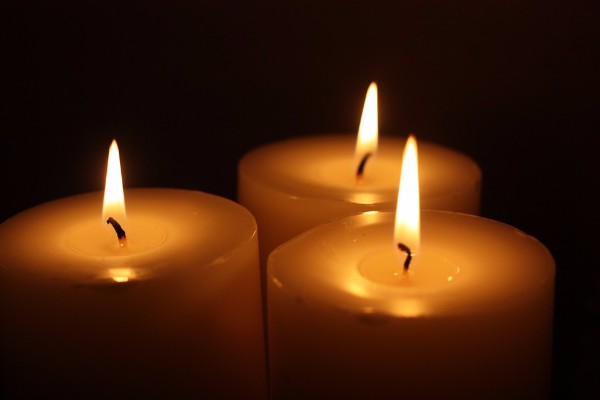
What this means in practice is that through a trine a particular Element flows with greater ease and has the quality of attracting what we call ‘good fortune’ in the sense that opportunities manifest readily and abundantly because we are open to them and/or we have a talent that expresses the power and magic of that Element and the signs and planets involved. No aspect is wholly good or bad and any aspect can manifest itself in either polarity. I use the terms “form building” for the soft aspects and “energy releasing” for the hard aspects because I think this is a more neutral and objective characterisation. Astrology classifies this aspect along with the sextile (60°) as a “soft”, “harmonious” aspect while squares (90°) and oppositions (180°) are characterised as “hard”, “dynamic”. So the innate qualities of the trine aspect are that it builds Elemental form and operates like Jupiter. This is encoded into the order of the signs of the zodiac because the two signs of Jupiter, Sagittarius and Pisces, are both trine to a sign ruled by one of the Lights – Cancer (ruled by the Moon) is trine Pisces, and Leo (ruled by the Sun) is trine to Sagittarius. The planets in trine with one another show how this is done and the form that it generally takes, but the two signs involved also shape it and we will discuss this at length in this exploration.Īnother key thing to understand is that the nature of the trine is sympathetic to Jupiter. It emphasises that Element and supports its flow causing our connection to that Element to happen with ease.

This is a key thing to understand – the trine is bonded in nature to one of the four Elements. The reason for this is that the trine itself emphasises the bonds that exist between signs that share an Element – it is the aspect that underscores 1 of the 4 Elements and so an out of sign trine has its innate power undercut since it is split between 2 different Elements. An out of sign trine is not as strong as one that is in naturally trined signs. In these cases we call such an aspect “out of sign”. This can only happen when both planets are positioned near the beginning or the end of a particular sign. Sometimes, however because of the above-mentioned factor of there being an orb of influence spanning 112°-128°, a trine can form between two planets in different Elements instead. The three signs that belong to each of the Elements are spaced 120° apart from one another in the circle. To explain this you have to understand that a trine will naturally form between zodiac signs that share the same Element – it forms between two planets in Air signs, or two planets in Water signs, etc. These include whether or not the aspect occurs in signs where that aspect naturally occurs. I find that 2° or less for an aspect is often the hot zone with 2°-4° or 5° being the next most powerful form, meaning that an aspect of 118° – 122° is very potent while a trine that falls between 115° – 118° or one that falls between 122° – 125° are the next most powerful kind.Īside from how close it is to being exact at 120° there are other factors affecting the power of a trine (or really any aspect).

For this reason I will often use an orb of about 8° for the approach and only 5° or 6° for the separation. the amount of time it takes to build up – is often longer than the time afterward, the time it takes to disappear. In my experience the time before an aspect is exact – i.e. As with all aspects the closer the trine is to being exact, namely the closer it is to being exactly 120°, the stronger its effect will be. Most astrologers will use an orb of influence of about 6 to 8° for a trine meaning that the actual area in which a trine is formed is between around 112° and 128°. A trine aspect is formed when any two objects in a chart approach an angle of 120°.


 0 kommentar(er)
0 kommentar(er)
